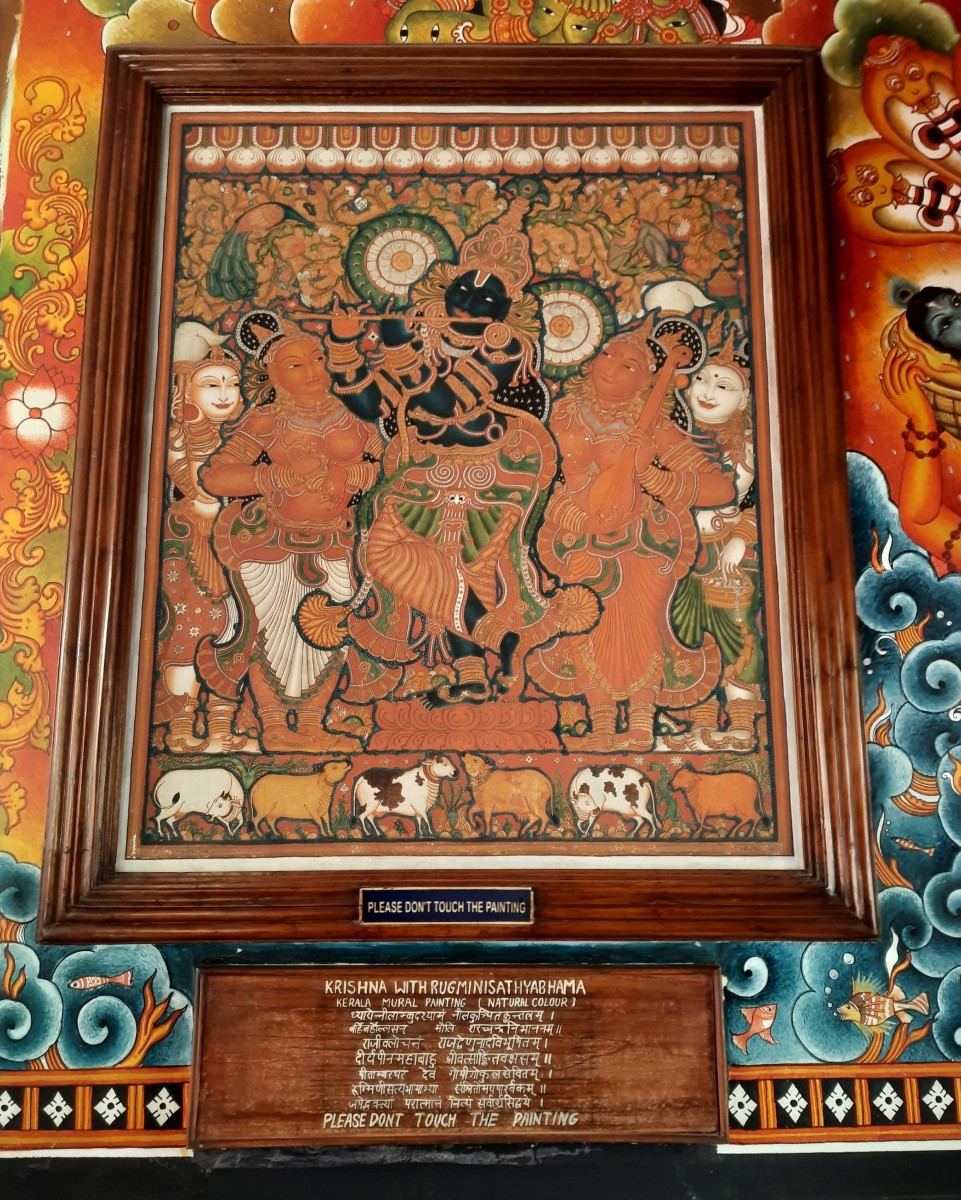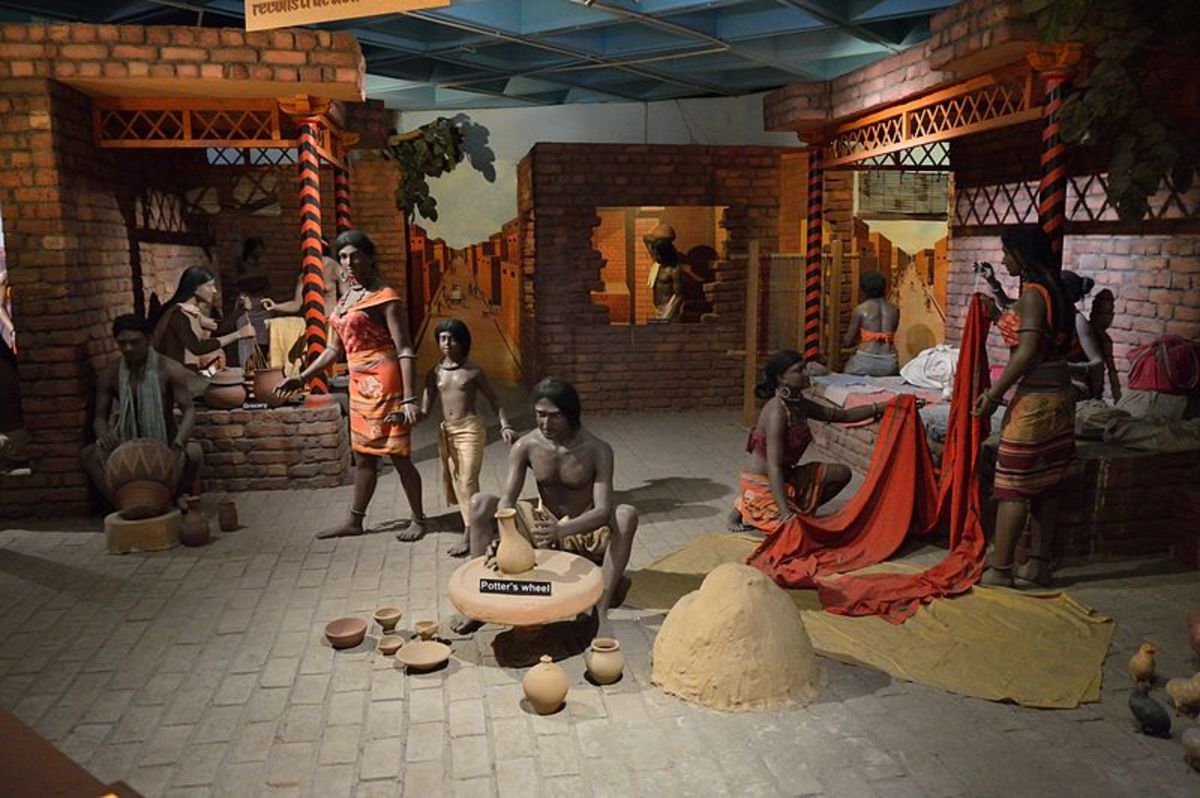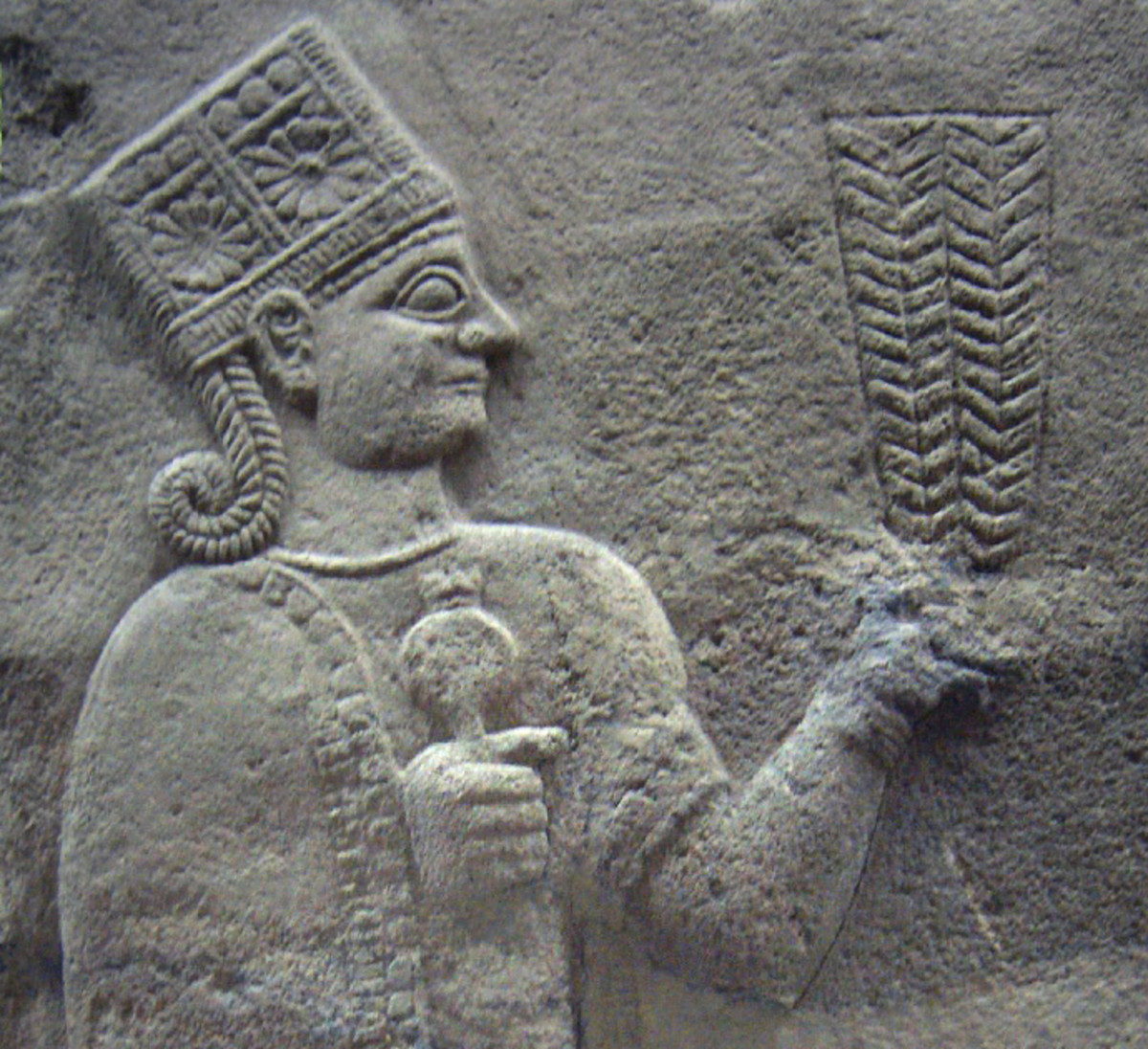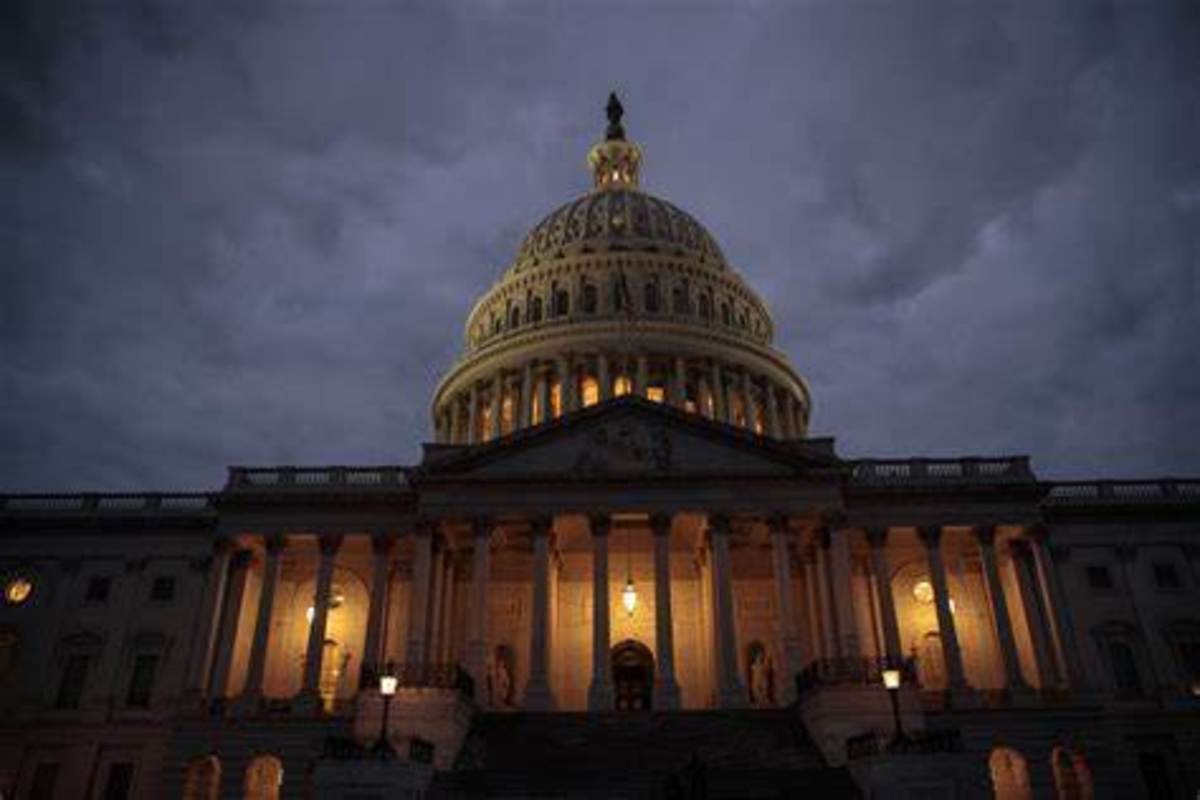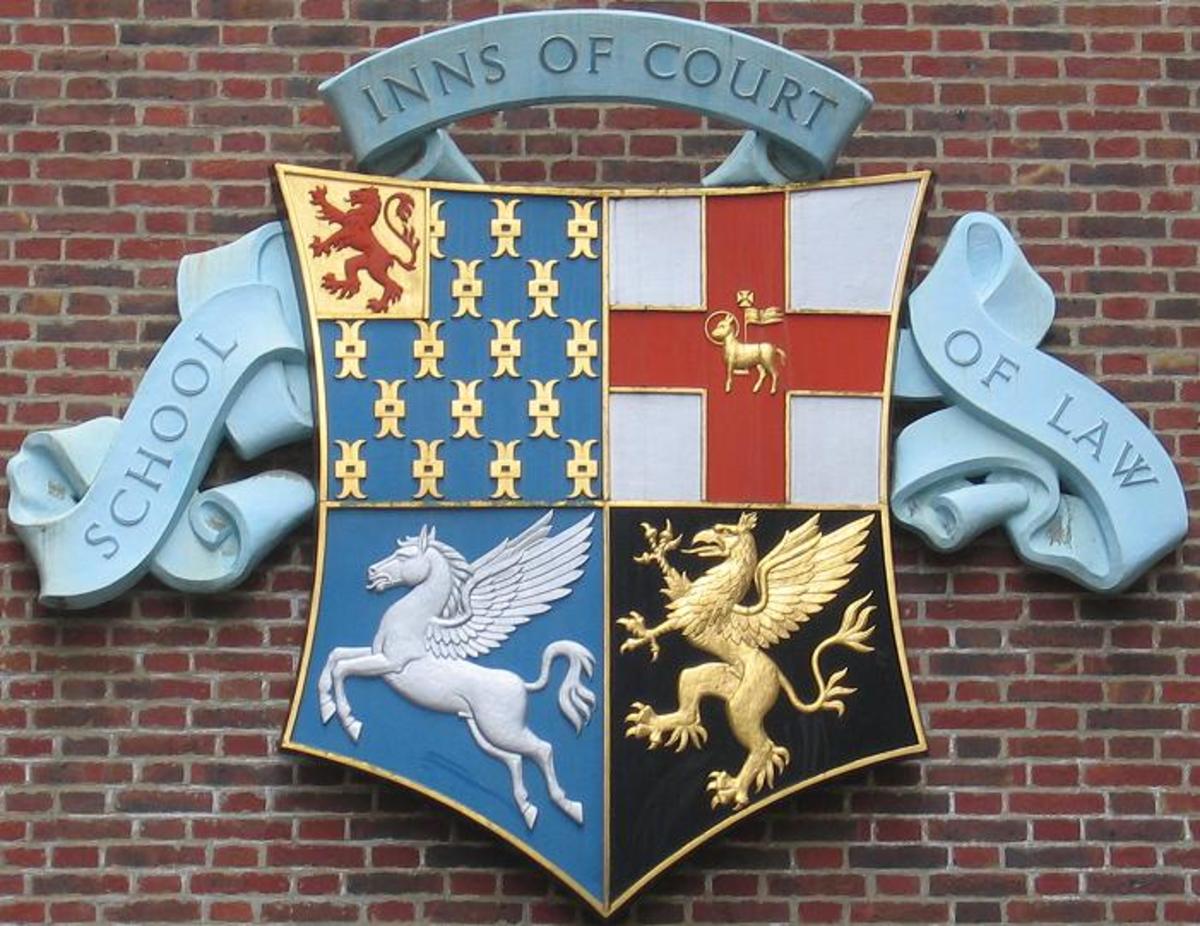ANCIENT INDIAN LEGAL PHILOSOPHERS: MANU
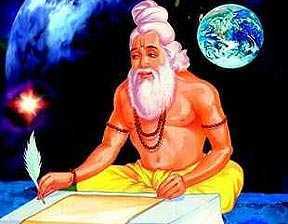
Among the law givers of the ancient world, the most famous are Nebuchadnezzar, Solon, Lycurgus and Justinian. Nebuchadnezzar is considered to be the earliest. But only a few are aware that MANU was the earliest and most comprehensive of them all. One of the main reasons was that unlike other lawgivers of the world, the antecedents of Manu are shrouded in mystery and legend. Like all Indian historical figures whatever little that is known is so inextricably intertwined with mythology, that Manu lurks like a hazy figure in the horizon.
MANU IN MYTHOLOGY AND HISTORY
Etymologically the word Manu comes from the root Man and this name is associated with fourteen mythological progenitors of mankind. According to Indian Hindu mythology there were fourteen of them who lived for a period of 4, 320,000 years which was called one MANUANTARA. These fourteen Manus were
SWAYAM-BUVA
SWARACHISHA
AUTTAMI
TAAMASA
RAIVATA
CHAAKSHUSHA
VAIVASWATA or SATYA-VRATA
SAAVARNA
DAKSHA-SAVARNA
BRAHMA-SAARVARNA
DHARMA-SAVARNA
RUDRA-SAVARNA
RAUCHYA
BHAUTYA
The first Manu, SWAYAMBHUVA is supposed to have created the ten great RISHIS or sages of yore who were responsible for the evolution of mankind. They were:
MARICHI
ATRI
ANGIRAS
PULASTYA
PULAHA
KRATU
PRACHETAS
VASISHTA
BRIGHU
NARADA
It is believed that BRAHMA, the first of the Hindu trinity of Gods revealed the laws to Manu. These laws which were encapsulated in a hundred thousand verses were abridged by Manu under twenty heads comprising of one thousand verses. This legal knowledge which was passed on to Narada, Brighu and Sumati were further simplified and popularized by them.
Despite the myths surrounding Manu, the fact was that there was indeed a historical figure whose period of existence is still a point of debate among scholars. Max Muller, the renowned Indologist estimates that he must have lived between 184 BC and 72 BC. But Prof. M. Monier Williams fixes the date around 5th century BC.
THE LAWS OF MANU
The MANUSMRITI which is presently known is the version of BHRIGU. Though it is a greatly abridged work of the original text, the laws laid down has four sources of origin. The first major source is the VEDAS which contains the eternal laws of the universe and is universal. They are called SRUTI. The second source is the DHARMASHASTRAS or SMRITI which is the principle source of all laws.
The third source is custom or accepted social practices. In fact laws are nothing but crystallized custom, but this materializes only if such customs are both moral and socially accepted by society. Manu called this characteristic as SADACHARA and SISHTACHARA.
The fourth source of all laws is attributed to ‘laws that are agreeable to good conscience’. This emphasizes the flexible nature of law, because laws reflect the evolving nature of society and conscience. Naturally laws are bound to be relative to time and country. This characteristic points to two components of all laws. One is its universal component which is inexorable and the other its local variant which tends to be flexible.
Manu’s DHARMASHASTRA was reflective of its age, but in its sweep it was surprisingly wide and timeless. Manu had classified litigation into eighteen forms of actions of various suites. They are:
- Recovery of debts
- Deposits and pledge
- Sale without ownership
- Partnership
- Resumption of gifts
- Non-payment of wage
- Breach of contract
- Rescission of purchase and sale
- Dispute between owner of cattle and shepherd
- Issues relating to boundaries and trespass
- Assault
- Slander and defamation
- Theft
- Force consisting of robbery, hurt or violence against woman
- Adultery
- Duties of man and wife
- Partition and inheritance
- Gambling and betting.
The Institutes of Manu was very comprehensive. Manu clearly defined what were civil and criminal laws and the judicial process to be adopted. He was clear about the demarcation of constitutional law, administrative law and the laws of statecraft.
Manu’s contribution to criminology is noteworthy; he had classified it under three categories--- crime against society, crime against state and crime against individual. He had also spelt out the quantum of punishment and the damages to be paid in such cases.
One of Manu’s great contributions was the concept of ‘DHARMA’, which literally means that which upholds and sustains law. Law according to Manu is the handiwork of God who is the ultimate ‘law giver’. The King was merely a representative of God and was subject to Dharma. So unlike the western notion of the ‘King can do no wrong’, Man’s edicts clearly spells out that the Laws which governs a King’s subject, is equally applicable to the King.


